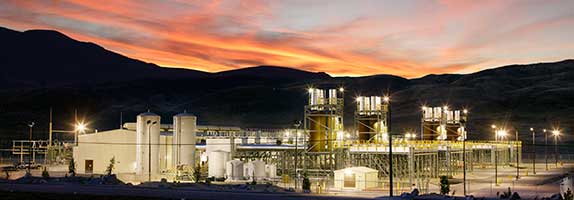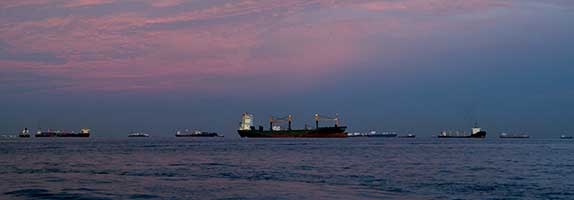


While to date our society has been heavily reliant on coal, it's not able to keep pace with the energy and environmental aspirations of the nation currently.
And despite a rapid uptake of renewables which now accounts for 13,4% of the total energy mix, they alone are not the sole replacement for energy needs.
The situation is not rosy – we’ve had more days without power than any previous year; at peak times, demand in South Africa averages between 28,000 MW and 34,000 MW; and this is obviously having huge impact on our gross domestic profit (GDP) which studies have shown could be two percentage points higher in the absence of the electricity constraints – putting GDP growth closer to 3.5%, rather than the average growth of 1.3% since 2010.
So, what’s the solution?
There is a common debate in the industry locally which questions whether we need gas and, if we do need it, what its role should be? Gas is seen as a costly dirty fossil fuel, which goes against how local players wish to improve our energy system in the future. People question why South Africa would consider bringing in natural gas, when renewable energy and alternate technologies are coming to the fore and battery prices are improving?
Our scenario planning includes provision for actualities that are likely to unfold, such as (but not limited to) reduced coal availability, transmission failures, plant outages and delays in the commissioning of new capacity. We describe around 20 measures that would all slow down the movement towards increasing the capacity of renewable energy to add into the grid. Our planning outlines alternative measures that can be taken via the introduction of gas, in response to calls from some quarters to fast-forward the introduction of renewable energies, and storage and integration technologies, while moving towards a reduction in the use of coal.
Looking at the power system today, the country relies predominantly on diesel and coal for balancing capacity, while aspiring to bring renewable energy into the mix in a greater proportion. Unfortunately, when attempting to balance in renewables - in the absence of any significant storage technologies (which will start to change as we see the rolling out of the DMRE’s Energy Storage IPP programme), it is the coal fleet and diesel turbines which are used to provide electricity daily.
Diesel is far more expensive than gas, from the perspectives of the economy, business, and consumers; while coal is far dirtier, with significant carbon emissions. For these two reasons, Wärtsilä advocates a shift to a cleaner and more cost-effective system with the use of gas. In a perfect world scenario, the role of gas includes flexible peaking, with its ability to balance the fluctuating power requirement in the electricity network, and operate during periods of high-level demand for electricity, or where there are shortfalls of electricity supply.
However, we’re not calling for a gas above all else approach and rather welcome hybrid solutions, supported by proper battery storage to help the grid balance itself better.
Within the region, there are many opportunities for new domestic gas sources which are in rapid development, such as the Rovuma LNG Project (Mozambique), onshore coal bed methane (CBM), shale gas and various East and West coast discoveries. In addition, these future gas sources are spread across the country including in locations where the grid is not constrained by renewables, namely, along the coastline and across the Highveld region.
Wärtsilä also believes that there are at least ten short to medium term <400MW gas power opportunities to be realised across the country, which would bring much needed flexibility across the grid, while also enabling the introduction of gas into the non-power sector, thereby further aiding in South Africa’s quest for zero-emissions by 2050.
At Wärtsilä, we subscribe to the belief that the primary objective should be to maximise the amount of renewable energy loaded into the power system. There is no question that renewable options remain the most cost-effective energy sources today and should be built as much as possible into our modelling options.
However, a key question should be: ‘How much can you actually build with today’s levels of technology, as well as practical constraints presented by the local landscape?’ These obstacles include current grid constraints, import logistics, contractors on the ground, available geophysical spaces and so forth.
Nonetheless, the responsible pathway to the future is clearly focused on supporting as much renewable energy introduction as possible.
Gas power has the potential to provide a reliable and cost-effective source of energy for South Africa. By implementing the above recommendations, we can help to reduce the country's dependence on coal and move towards a cleaner and more sustainable energy future.
Click here to discover more about what Wärtsilä Energy is doing in Africa.